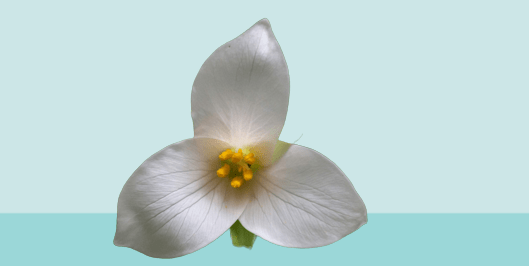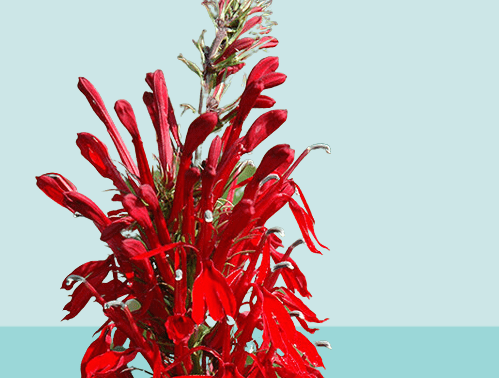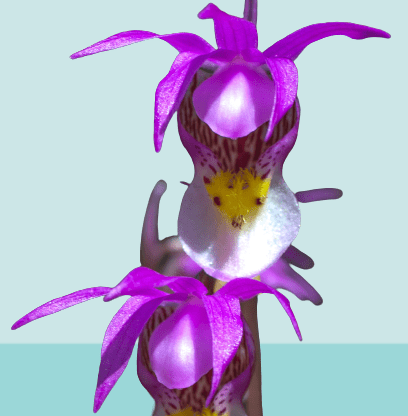What Are America’s 10 Most Popular Endemic Flowers?
Endemic is the name given to plant species that live and grow only in a certain region due to the ecological conditions of the region where it is located, and are not likely to live and grow elsewhere in the world. What does endemic flora mean? Endemic plants, which are unique to certain regions, stand out as plants that do not occur naturally anywhere else. These plants occur in a limited area due to geographical isolation and other factors
What is an endemic plant? Endemism is the presence of a plant species in a narrow region. If a plant spreads in a narrow area with certain borders, it is called an endemic plant. What are the characteristics of endemic plants? Endemic plants originate from the word endemism. An animal or plant species that lives only in a certain region due to the ecological conditions of the region where it is located is called endemism. There are species that are not likely to grow in any other part of the world and are unique to their region.
The term “endemic” refers to species that are native and unique to a specific geographic area and are not found naturally anywhere else in the world. While I don’t have access to the most up-to-date data, I can provide you with a list of some of America’s popular endemic flowers based on information available up to that time. Keep in mind that the popularity of flowers can vary based on regional preferences and trends. Here are ten examples of endemic flowers that are popular in various regions of the United States:
- Trillium (Trillium spp.): Trilliums are native to North America and are known for their distinctive three-petaled flowers. They come in various species and are often found in woodlands and shady areas.
- Cardinal Flower (Lobelia cardinalis): This vibrant red flower is native to North America and is known for its striking color and attractive to hummingbirds.
- Calypso Orchid (Calypso bulbosa): Also known as Fairy Slipper Orchid, this small and delicate flower is native to North America and is found in shaded woodlands.
- Pitcher Plant (Sarracenia spp.): Native to North America, pitcher plants are carnivorous plants that attract insects to their tubular leaves. They can be found in wetland areas.
- Black-Eyed Susan (Rudbeckia hirta): This native wildflower has bright yellow petals and a dark center. It’s often found in meadows and open areas.
- Columbine (Aquilegia spp.): Native to North America, columbines have distinctive spurred flowers that come in various colors and are often found in woodland and mountainous regions.
- Pacific Coast Iris (Iris spp.): These iris species are native to the West Coast of the United States and are known for their beautiful and diverse flower colors.
- Penstemon (Penstemon spp.): Also known as beardtongue, various species of penstemon are native to North America and are loved for their tubular flowers.
- Lady’s Slipper Orchid (Cypripedium spp.): Native to North America, lady’s slipper orchids have unique and intricate flowers that are often found in shaded forest areas.
- Bitterroot (Lewisia rediviva): Native to North America, bitterroot is known for its pink to white flowers and is often found in rocky and alpine areas.

Please note that the popularity of flowers can change over time, and the specific preferences for endemic flowers can vary by region. For the most current and accurate information, it’s recommended to consult local botanical resources or experts in the field. 10 endemic flower species growing in the United States >>
Why are endemic flowers important in America?
Endemic flowers are plants that are native to and found exclusively in a specific geographic region or area. These flowers play a crucial role in the ecosystems and natural landscapes of America for several important reasons:

- Biodiversity and Ecosystem Health: Endemic flowers contribute to the overall biodiversity of a region. Biodiversity is essential for maintaining healthy ecosystems and providing habitat for a variety of wildlife, including insects, birds, and other animals. By preserving endemic flowers, we help sustain a diverse range of species and maintain the balance of ecosystems.
- Adaptation to Local Conditions: Endemic flowers have evolved over time to thrive in specific local conditions, including climate, soil type, and habitat. They are adapted to the challenges and opportunities presented by their unique environment. Preserving these plants ensures that the genetic diversity necessary for adaptation remains intact, which is crucial in the face of changing environmental conditions and climate change.
- Ecological Relationships: Endemic flowers often have specific relationships with local wildlife, including pollinators and herbivores. For example, certain insects or birds may have co-evolved with these plants, relying on them for food or shelter. By protecting endemic flowers, we also protect the intricate ecological relationships that depend on them.
- Conservation of Unique Species: Endemic flowers are often rare and specialized, making them unique and valuable components of their ecosystems. Some of these species may even be endangered or threatened. Conserving endemic flowers helps prevent the loss of irreplaceable genetic resources and contributes to the conservation of rare and unique species.
- Cultural and Aesthetic Value: Endemic flowers are part of the natural heritage of a region and often hold cultural and aesthetic significance. They can inspire local art, traditions, and stories, becoming symbols of local identity. Preserving these flowers contributes to the cultural heritage and sense of place in a region.
- Educational Opportunities: Endemic flowers provide valuable opportunities for education and research. Studying these plants can help us better understand their role in ecosystems, the threats they face, and how to conserve them effectively. Such research can also contribute to broader scientific knowledge and conservation strategies.
- Future Discoveries and Uses: Endemic flowers may hold unique properties or characteristics that could be valuable for medicine, agriculture, or other industries. By preserving these plants, we keep open the possibility for future discoveries that could benefit society.

Overall, protecting endemic flowers is not only important for the health and resilience of local ecosystems but also for the well-being of communities, wildlife, and the planet as a whole. Conserving these unique plants contributes to the preservation of Earth’s biodiversity and the maintenance of functional and thriving ecosystems. Endemic flower species growing in the Americas >>






